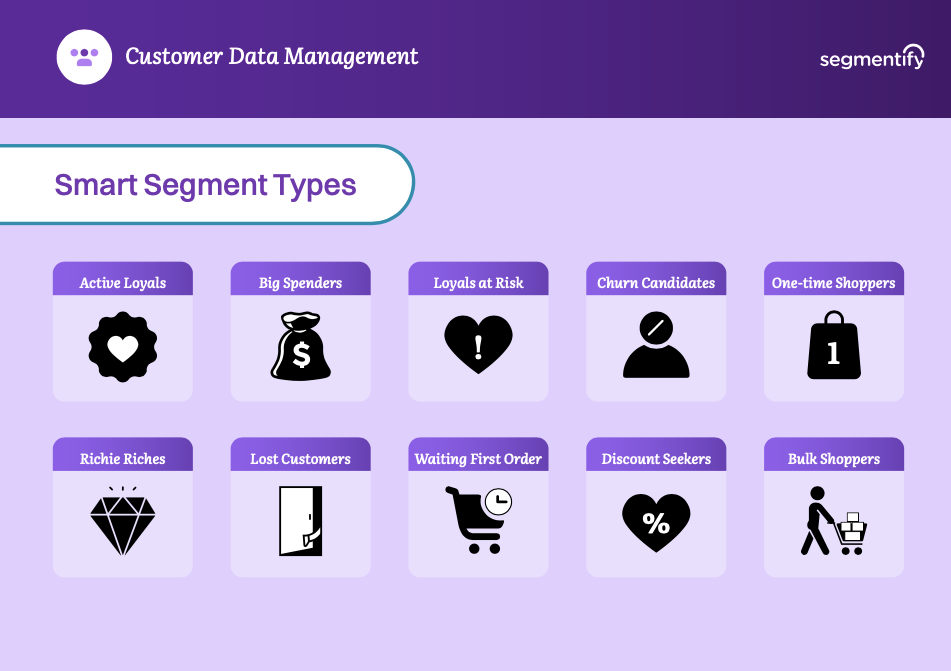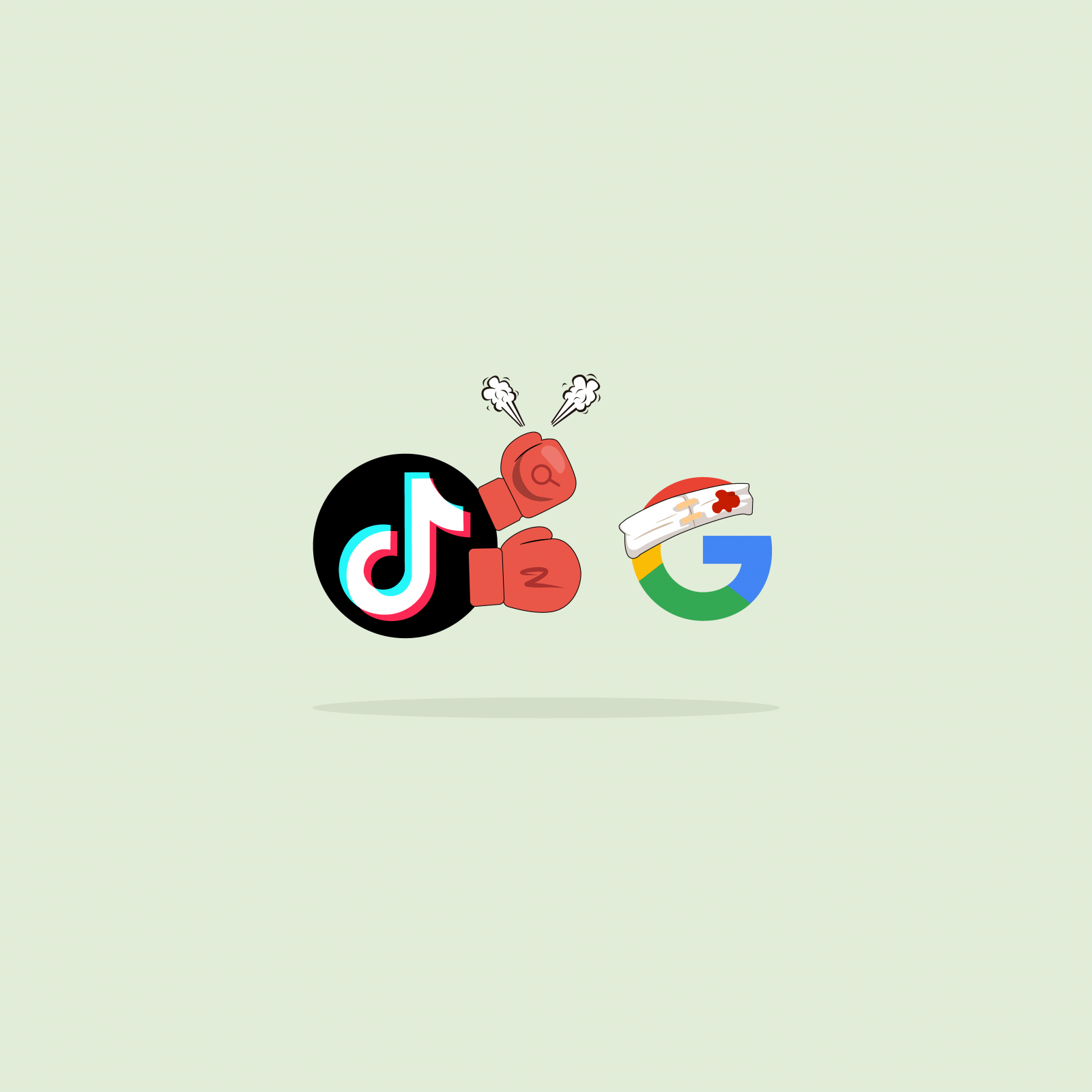Our websites use cookies. By continuing, we assume your permission to deploy cookies as detailed in our Privacy Policy.
The 2 Sides of Building Your Omnichannel Marketing Strategy
Notice how everyone, and I mean everyone, talks about omnichannel marketing strategies these days?
And yet, all that talk feels…hollow.
Sure, it’s the difference between mere engagement and remarkable customer experiences. But it’s remarkable how many brands still struggle to get it right.
Well, I’m here to tell you there are 2 sides to a stellar omnichannel marketing strategy, which often coincide with one another.
You’ll see.
1. The Practical Side of an Omnichannel Marketing Strategy
Data and Analytics
Collect and integrate data from all channels
Omnichannel marketing commences with a robust data strategy. To understand your customers, you must gather and integrate data from all touchpoints. This involves not just online interactions but also data from in-store purchases, email responses, and even social media engagements.
A comprehensive data integration strategy grants you a 360-degree view of your customer’s preferences, behaviours, and historical interactions, empowering more personalised and effective marketing.
However, beware that as the amount of data you collect through various channels rises, the need for unified data becomes more and more important.
Implement advanced real-time analytics tools
Once data is gathered and integrated, advanced real-time analytics tools come into play. These tools provide actionable insights into customer behaviours and preferences.
By leveraging data analytics, you can segment your audience effectively, gauge campaign performance, and optimise your marketing efforts. Analytics tools reveal customer trends, pain points, and engagement opportunities, all of which are vital for crafting personalised marketing strategies.
Customer Segmentation
Create detailed customer personas
Data collection alone is insufficient. Brands need to create detailed customer personas based on the collected data.
These personas should delve deeper than basic demographics, encompassing insights into customer preferences, behaviours, and pain points. By comprehending various customer segments, you can tailor your marketing strategies to cater to the unique needs of each group.

Personalise messages and offers
Once you’ve established customer personas, you can fine-tune your messaging and offers to resonate with specific segments. Personalised marketing messages are more likely to capture customers’ attention and drive engagement. This personalisation extends to product recommendations, discounts, and content, creating a profound connection between your brand and the customer.
Technology Stack
Select the right omnichannel marketing software
Choosing the right omnichannel marketing software is pivotal. These tools facilitate the efficient management and orchestration of marketing campaigns across various channels.
Look for software that offers customer data integration, automation, and analytics features. It should be adaptable to your brand’s unique requirements and scalable to accommodate future growth.
Integrate CRM, CMS, and other systems
To offer a truly seamless customer experience, it’s imperative to integrate customer relationship management (CRM) systems, content management systems (CMS), and other relevant technologies. Integration ensures that customer data is seamlessly shared across various systems, allowing consistent and cohesive customer interactions.
Read more: Breaking Down Data Silos in eCommerce—Unlocking that Extra 30%
Content Strategy
Craft consistent brand messaging
Your omnichannel marketing strategy thrives on consistent brand messaging. Customers should encounter a unified brand identity across all touchpoints, from the website to social media to physical stores. Establishing a style guide and ensuring that all content aligns with it is essential for building a strong and recognisable brand presence.
Optimise content for various channels
Different channels have distinct content requirements. Long-form blog posts might excel on your website, while shorter, visual posts are better suited for social media. Brands must optimise their content to align with the specific characteristics of each channel. This includes considering content format, tone, and timing.
2. Customer Touchpoint Mapping
As mentioned at the beginning of this article, the two sides of building an omnichannel marketing strategy often overlap. Customer touchpoint mapping also fits perfectly into the data and analytics, and customer segmentation steps mentioned previously.
However, I believe it’d be better for comprehension to also look at it separately and in more detail:
Identify All Customer Touchpoints
This will be repeating myself, but the first step to mastering omnichannel marketing strategy is identifying all the touchpoints where customers interact with your brand, both online and offline.
Common touchpoints include the website, mobile apps, social media, email, physical stores, customer service, and more. Mapping these touchpoints provides a comprehensive understanding of the entire customer journey.
Collect Data at Each Touchpoint
Once touchpoints are identified, data collection at each touchpoint becomes crucial. This includes tracking user behaviour, purchase history, contact information, and any other relevant data. Standardising data collection across all touchpoints ensures consistency and accuracy.
Analyse Customer Behaviour
With data from various touchpoints, brands can analyse customer behaviour. This analysis yields insights into how customers move through the sales funnel, which channels they prefer, and what types of content or offers are most effective. Understanding customer behaviour is fundamental for creating more relevant and engaging marketing campaigns.
Create a Comprehensive Customer Touchpoint Map
To fully understand the customer’s journey, you should create a comprehensive touchpoint map. This map visualises the customer’s interactions across all channels and identifies key touchpoints and moments of truth.
By connecting the dots on this map, you’ll gain a holistic view of the customer’s experience and can refine your marketing strategies accordingly.
Final Words on Omnichannel Marketing Strategies
Whether you’re an established brand or a budding enterprise, the power of seamless, personalised customer experiences cannot be underestimated. Yet, it’s astounding how many fall short of its promise. The quest for a seamless, personalised customer experience is a challenging one, but it’s far from impossible.
By following the crucial steps outlined in this chapter, you’re well on your way to mastering omnichannel marketing. It’s a journey, one that can be significantly smoothed by the right business partner.
In this pursuit, consider the pivotal role of Segmentify. With its advanced personalisation and analytics solutions, Segmentify is the key to transforming your omnichannel marketing strategy from ordinary to extraordinary.
Elevate your omnichannel marketing with Segmentify and discover what it truly means to deliver a seamless, personalised experience. Don’t wait; start your journey to excellence today. Try Segmentify and watch your brand soar!
Editor’s Note: This article was originally published in Never Mind the Bo**ocks, a whitepaper on omnichannel marketing, and has been edited to fit this medium.





